Forbidden Art: The Postwar Russian Avant-Garde
September 15 - November 17, 2007
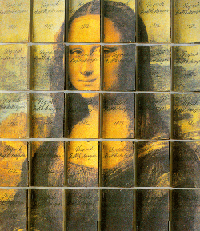 |
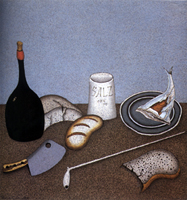 |
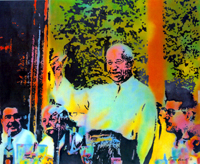 |
Organized for tour by International Arts & Artists, Forbidden Art: The Postwar Russian Avant-Garde is a didactic collection of 77 works, including paintings, photographs, graphics, and sculptures representing the work of 56 non-conformist artists working during the post-war era in the Soviet Union.
From the purges of the Stalinist era to the time before Glasnost, work that fell outside the realm of Social Realist ideology and its prescribed canon could result in drastic action from unemployment to imprisonment. However, the sweeping cultural reforms that subsequently took place in Russia have enabled a more detailed appraisal of this 'non-conformist' work. Forbidden Art: The Postwar Russian Avant-Garde provides a unique framework within which this period of Russian art history can be understood.
The exhibition traces the various influences and ways in which dissident artists articulated their response to Socialist Realism. It comprises mainly abstract and metaphoric works that provide us with a critique of the Russian media, provoking a unique reflection on the role of Social Realist ideology upon daily life during the Cold War.
Forbidden Art: The Postwar Russian Avant-Garde is arranged in a manner that highlights the five movements associated with this period in Russian art: The Reform School is characterized by an expanded interpretation of the socialist principle, while drawing inspiration from Russia's cultural traditions and classical art. The Radical School united artists that defied the Social Realist communal values. Sots-art was a reflection on Social Realist control of national identity and symbols by characterizing the political system and the Soviet mythology. Moscow Conceptualism was a reactionary response to the work of the Sots art group. The Modernist movement from Leningrad was inclined towards spirituality and drew inspiration from Suprematism and Dada's surrealism.
The inclusive nature of Forbidden Art echoes the meaning of the Second Avant-Garde, which does not spring from any single phenomenon or characteristic, but rather is definable by its context and universality. From the Reform, Radical, and Leningrad schools to Sots art and Moscow Conceptualism, Soviet artists developed existing avant-garde traditions and created startling parallels with western contemporary art in their fight for artistic freedom.
Public Programs
- Saturday, September 15, Gerald Janecek, Professor of Russian, Department of Modern & Classical Languages, University of Kentucky Art Talk, 11 a.m.; Open Forum, 2 p.m.
- Monday, September 17 Stephen Norris, Assistant Professor of History and Director of Film Studies, Miami University Gallery Walk, 11 a.m.; Art Talk, 7 p.m.
Images:
Left: Vagrich Bakhchanyan, La Gioconda, 1982, collage, fabric, paper, ink, 29-7/8 x 27-1/2 inches, courtesy of the Yuri Traisman Collection.
Center: Mikhail Chemiakin, Still Life with Pipe II, 1979, Gouache on paper, 12 x 12 inches
Right: Eduard Gorokhovsky, We Will Live in Communism, 1987, oil on linen, 48 x 59 inches
Funded in part by Murdock Law Firm, P.C., Rocky Mountain Power, the National Advisory Board of the UW Art Museum, and Wyoming Public Radio.
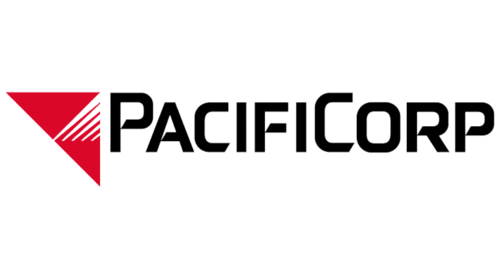 |
 |
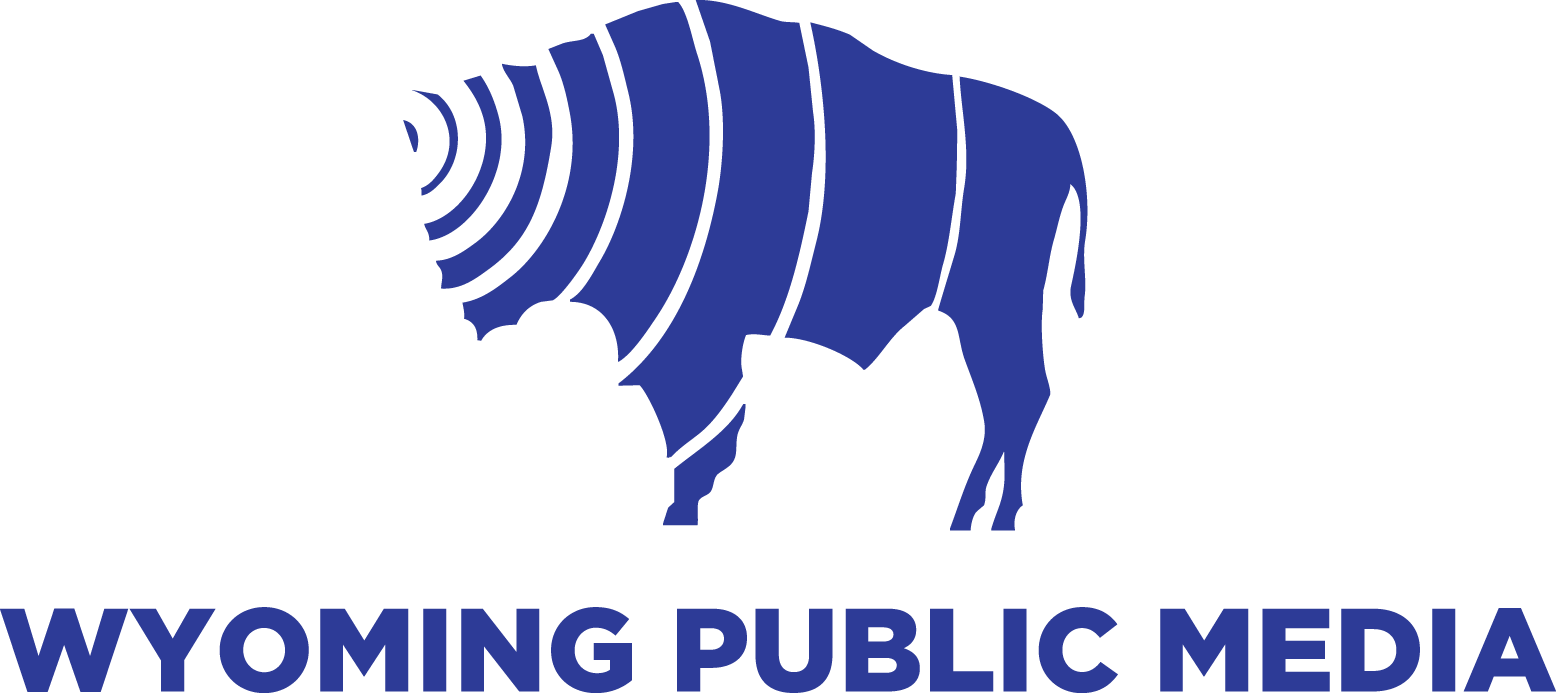 |


